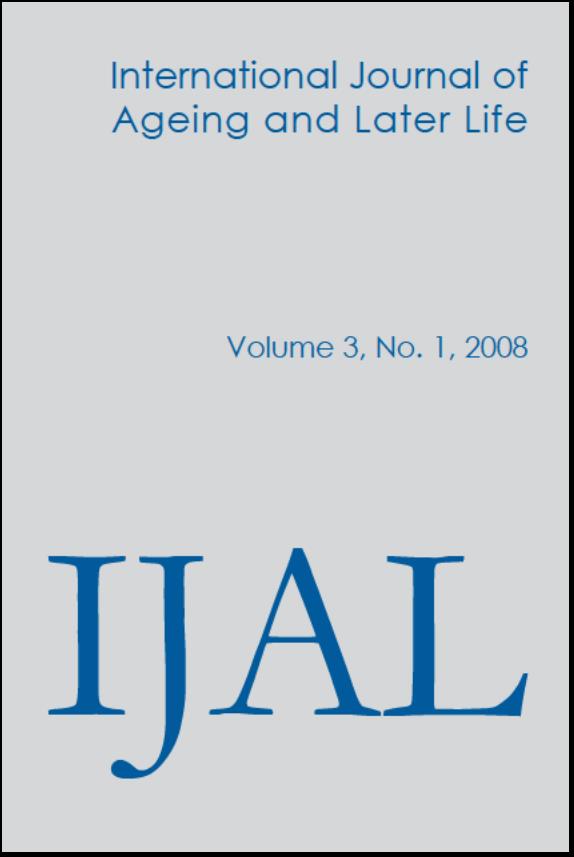Sailing on seas of uncertainties: late style and Puccini’s struggle for self-renewal
Main Article Content
Abstract
The popularity of Puccini’s melodramatic operas, often derided by “serious” musicologists, has hindered a more rounded evaluation of his attempt at stylistic change. This paper offers a novel perspective of lifespan creative development in order to move the discussion of Puccini beyond the dichotomy of popular versus high-brow culture. Tracing the aspects of gradual stylistic change that began in The Girl from the Golden West (1910) through the three operas of Il Trittico: Il Tabarro, Suor Angelica, and Gianni Schicchi (1918–1919), the paper then focuses on Puccini’s last opera, Turandot (1926), as exemplifying a potential turn to a reflexive, philosophical style which is very different from the melodramatic, sentimentalist style generally associated with his work. In order to discuss this change as embodying a turn to late style, the paper identifies major stylistic shifts as well as underlying themes in the work of Puccini. Th paper concludes by discussing the case of Puccini as a novel contribution to the discussion of lateness in art, until now reserved to a selected few ’“old Masters.”
Metrics
Article Details

This work is licensed under a Creative Commons Attribution-NonCommercial 3.0 Unported License.
Since 2020 the International Journal of Ageing and Later Life uses a Creative Commons: Attribution license, which allows users to distribute the work and to reform or build upon it without the author's permission. Full reference to the author must be given.
References
Adorno, T. W. (1949/2002). Essays in Music. Introduction and commentry by Leppert, R. Berkeley, CA: University of California Press.
Ashbrook, W. & Powers, H. (1991). Puccini’s Turandot, the End of the Great Tradition. Princeton, NJ: Princeton University Press.
Baltes, P. B. (1987). Theoretical propositions of life span developmental psychology. Developmental Psychology 23(5): 611–626. [Read this article]
Becker, H. (1982). Art Worlds. Berkeley, CA: University of California Press.
Bentley, E. (1967). The Life of the Drama. New York: Atheneum.
Brinckmann, A. E. (1925). Spatwerke Grosser Meisters. In G. Rosenthal (1968) (ed.). From El Greco to Pollock. Baltimore, MD: Baltimore Museum of Art.
Budden, (2002). Puccini: His Life and Works. Oxford: Oxford University Press.
Carner, M. (1964). Puccini: A Critical Biography. New York. Alfred A. Knopf.
Clark, K. (1972). The Artist Growing Old. The Rede Lecture, 1970. Cambridge: Cambridge University Press.
Cohen-Shalev, A. (1989). Old age style: Developmental changes in creative productivity from a life span perspective. Journal of Aging Studies 1(3): 21–37. [Read this article]
Cohen-Shalev, A. (2002). Both Worlds at Once: Art in Old Age. Durham, NC: University Press of America.
Dormandy, T. (2000). Old Masters: Great Artists in Old Age. London: Hambledon and London.
Greefield, H. (1980). Puccini: A Biography. New York: Robert Hale Publishing.
Greenwald, H. (1993). Recent Puccini Research. Acta Musicologica 65(1): 23–50. [Read this article]
Kapsis, R. (1989). Reputation building and the social art world: The case of Alfred Hitchcock. The Sociological Quarterly 30(1): 15–35. [Read this article]
Kastenbaum, R. (1992). The Creative Process: A life span Approach. In T. R. Cole, D. Van Tassel & R. Kastenbaum (eds.) Handbook of the Humanities and Aging (pp. 285–306). New York: Springer Publishing Company.
Kastenbaum, R. (2000). Creativity and the Arts. In T. R. Cole, R. Kastenbaum & R. E. Ray (eds.) Handbook of the Humanities and Aging (pp. 381–401). New York: Springer Publishing Company.
Kerman, J. (2005). Opera as Drama. Berkeley, CA: University of California Press.
Lehman, H. (1953). Age and Achievement. Princeton, NJ: Princeton University Press.
Lindauer, M. S. (2003). Aging, Creativity and Art: A Positive Perspective on Life Span Development. New York: Springer.
Marek, G. (1953). Puccini: A Biography. New York: Simon and Schuster.
McDonald, R. (2006). Shakespeare’s Late Style. Cambridge: Cambridge University press.
Romaniuk, J. G. and Romaniuk, M. (1981). Creativity across the Life Span: A Measurement Perspective. Human Development 24(6): 366–381.
Rosenthal, G. (1968). From El Greco to Pollock. Batimore, MD: Baltimore Museum of Art.
Said, E. W. (2006). On Late Style: Music and Literature against the Grain. New York: Pantheon Books.
Simmel, G. (1922). Das Abendmahl Leonardo da Vincis’, in Zur Philosophie der Kunst. [The Last Supper by Leonardo da Vinci, in On the Philosophy of Art] (pp. 55–60), Potsdam, Germany.
Simonton, D. K. (1991). Creative productivity through the adult years. Generations Spring, 13–16.
Steiner, G. (1961). The Death of Tragedy. New York: Hill and Wang.
Weaver, W. (1977). Puccini: The Man and His Music. New York: Dutton, Metropolitan Opera Guild composer Series.
Wilson, A. (2005). Modernism and the machine woman in Puccini’s ‘Turandot’. Music & Letters 86(3): 432–453. [Read this article]
Woodward, K. (1980). At Last, the Real Distinguished Thing: The Late poetry of Eliot, Pound, Stevens and Williams. Columbus, OH: Ohio State University Press.
Woodward, K. (1991). Aging and Its Discontents. Bloomington, IN: Indiana University Press.





